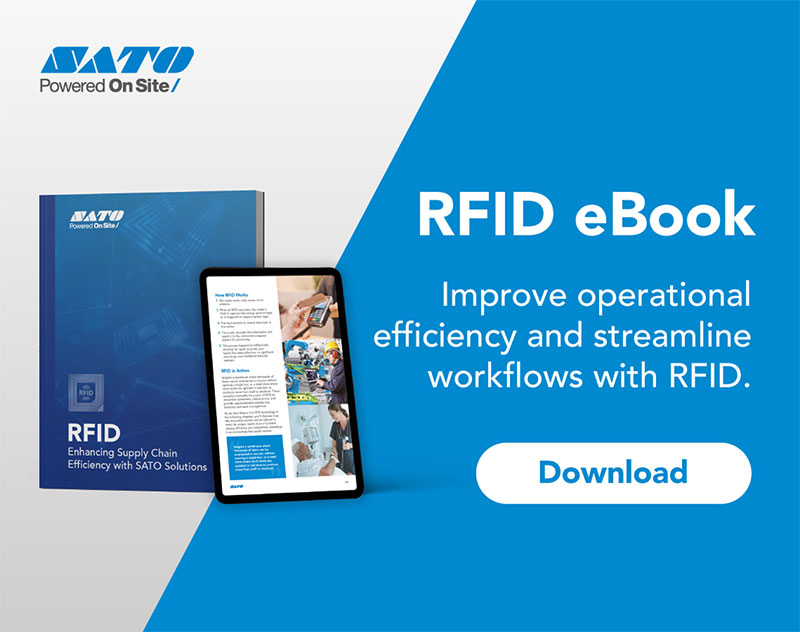The Transformation of Luxury Goods Logistics
23/07/24
A recent whitepaper by DHL, "The Logistics of Luxury" (available here), offers valuable insights into the rapidly evolving luxury goods market. With global revenue projected to reach USD $419 billion by 2028, the industry faces both exciting opportunities and complex challenges in adapting its supply chain strategies.
The whitepaper highlights significant growth across Asia, Europe, and the Americas, requiring brands to maintain consistent experiences across diverse markets while adapting to local nuances. At SATO, we recognise the importance of tailoring operations to regional requirements whilst ensuring global brand consistency.
Europe leads a surging pre-owned market, now valued at USD $10.7 billion. This trend underscores the need for robust reverse logistics and authentication processes. The circular economy concept is gaining traction, with implications for how luxury items are tracked and managed throughout their lifecycle.
The fusion of physical and digital retail is transforming traditional fulfilment centres into complex Omnichannel Processing Centres (OPCs). This shift demands more sophisticated inventory management and order fulfilment systems. The DHL report suggests that B2C logistics activities in OPCs could increase by over 50% in the next decade.
Consumer demand and regulatory pressures are driving luxury brands to adopt eco-friendly practices throughout their supply chains. The report emphasises the growing importance of sustainable packaging, carbon footprint reduction, and transparent reporting of environmental impacts.
The DHL whitepaper also highlights the increasing importance of Control Tower solutions, offering real-time inventory tracking and improved stock management. This technology enables brands to respond swiftly to market demands, reduce waste, and optimise their supply chains for efficiency and sustainability.
Luxury brands are reimagining delivery services to extend the high-end shopping experience to online customers. Features like personalised delivery windows, boutique-style handovers, and sustainable packaging are becoming industry standards. Brands are also exploring ways to decarbonise their operations through supply chain optimisation, sustainable fuels, and innovative technologies.
The rise of the pre-owned market is encouraging brands to integrate circular economy principles into their business models, focusing on product longevity and multiple lifecycle stages. This shift requires new approaches to product design, manufacturing, and logistics to support refurbishment, resale, and recycling.
With the growth of e-commerce and high-value shipments, the whitepaper emphasises the increasing importance of supply chain security. Advanced tracking and authentication technologies are becoming essential to combat fraud and ensure product integrity.
From SATO's perspective, these trends highlight the critical role of advanced tracking and labelling technologies in modern luxury logistics. RFID solutions, for instance, can significantly enhance inventory visibility and authentication processes, addressing key challenges identified in the DHL report. Such technologies enable brands to maintain the delicate balance between exclusivity and accessibility that defines the luxury market.
As the luxury sector continues to evolve, the synergy between cutting-edge logistics solutions and the timeless allure of luxury goods will likely define brand success. The insights from DHL's whitepaper underscore the need for continuous innovation in supply chain management to meet the changing demands of this dynamic market.
Is your luxury brand ready to transform its logistics for the future? SATO's expert team is here to help you navigate these changes and implement cutting-edge solutions tailored to your unique needs. Contact our sales team today to discover how we can elevate your supply chain and deliver exceptional experiences to your customers.
Latest News
All News

06/01/26
SATO Europe appoints Toshiyuki Nagatani as Technology Director
6th January 2026 – Heidelberg, Germany – SATO...

04/12/25
SATO Europe announces its participation in the 32nd Congress of the Francophone...
25th November 2025 – Templemars, France...












